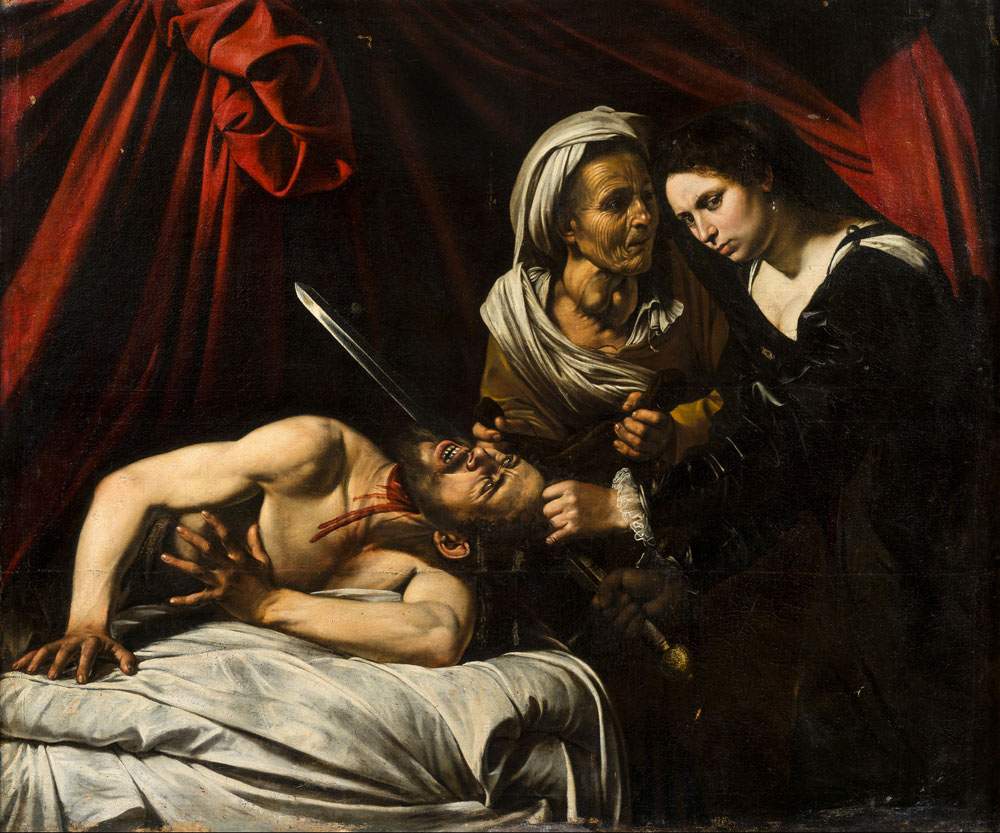The French state has decided it will not purchase the Toulouse Judith attributed to Caravaggio
The work depicting Judith Beheading Holofernes, discovered in 2014 and attributed to Caravaggio (an attribution, however, disputed by many scholars), will not become part of the French state collections. This is the conclusion of the French Ministry of Culture after thirty months of study: the refusal would stem precisely from the fact that the attribution to Caravaggio is too controversial.
Now the possibility of the work being sold at auction could open up: the specialized website Artprice speculates a sale by the end of spring. However, it should also be noted that this hypothesis has been discarded by Éric Turquin, one of the discoverers of the canvas: “the classification as Trésor national [a kind of counterpart to our declaration of high cultural interest, ed.] fell on December 24,” Turquin explained to the newspaper Le Figaro. “The painting can therefore circulate freely. This allows us to proceed immediately with the cleaning operations, but under no circumstances will a decision on the sale be made before the restoration is finished.” Turquin excludes that the work will therefore end up at auction at the moment.
Turquin remains convinced of the soundness of the attribution to Caravaggio. “In fact, in 1607,” he explained in a note, “Caravaggio fled Rome where he was accused of murder and took refuge in Naples, the then Spanish city. There, he entrusted Louis Finson with a canvas depicting Judith and Holofernes. One letter reveals that the work was put up for sale for 300 gold ducats, an exorbitant sum. Another letter reveals that upon Finson’s death in Amsterdam in 1617, the dealer left the valuable painting to his friend and associate Abraham Vink.” From this time forward the work would be lost track of. “Until the time of our discovery in Toulouse only Louis Finson’s copy was known. We have found the painting we were all looking for.”
The attribution to Caravaggio has been accepted by scholar Nicola Spinosa, but many art historians, noting quality deviations from Caravaggio’s works, are unconvinced by this reconstruction and have preferred not to assign the work to Caravaggio (among the naysayers are the names of Mina Gregori, Gianni Papi, Alessandro Zuccari, and Tomaso Montanari: in particular, Gianni Papi believes it is another copy by Finson, while scholar Giovanna Sapori formulated the name of Giovanni Francesco Guerrieri). The work moreover was exhibited in late 2016 and early 2017 at the Pinacoteca di Brera, in an exhibition that stirred much controversy and led to the resignation of art historian Giovanni Agosti from the Milanese museum’s scientific committee. The Toulouse work had been exhibited alongside its known counterpart painting by Louis Finson (now housed in the Gallerie d’Italia at Palazzo Zevallos Stigliano in Naples) and Caravaggio’s Supper at Emmaus.
Pictured: Attributed to Caravaggio or Louis Finson, Judith and Holofernes (1606-1607; oil on canvas, 144 x 173.5 cm; Toulouse, Private Collection)
 |
| The French state has decided it will not purchase the Toulouse Judith attributed to Caravaggio |
Warning: the translation into English of the original Italian article was created using automatic tools. We undertake to review all articles, but we do not guarantee the total absence of inaccuracies in the translation due to the program. You can find the original by clicking on the ITA button. If you find any mistake,please contact us.





























